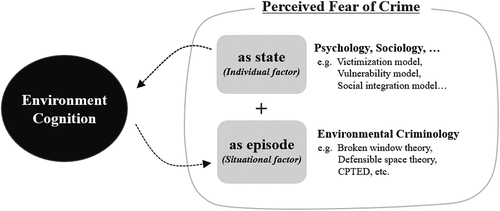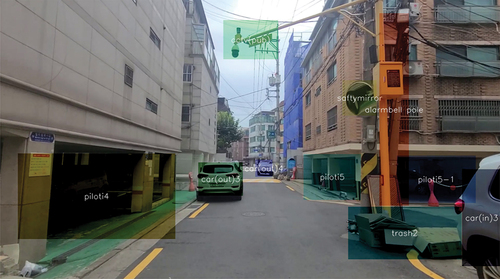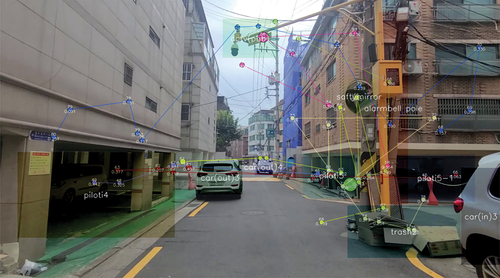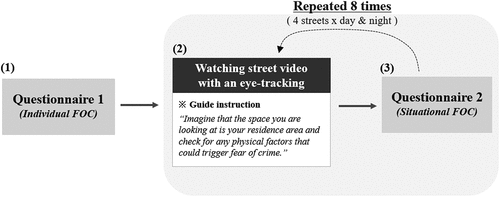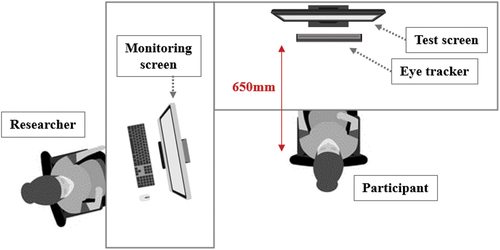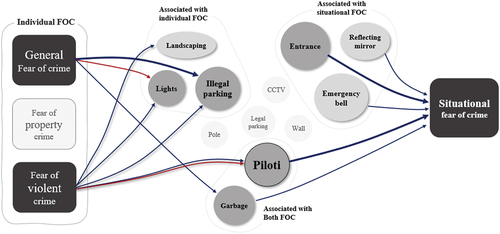Figures & data
Table 1. Measurement of fear of crime (FOC) as an individual factor (Questionnaire 1).
Table 2. Measurement of situational fear of crime (Questionnaire 2).
Table 3. Criteria for selecting streets.
Table 4. Information on four selected streets.
Table 5. Images illustrating the experimental stimuli video (midpoint of the video).
Table 6. Criteria for setting AOI.
Table 7. Results of the questionnaire 1 (n = 29).
Table 8. Evaluation of the situational fear of crime felt on each street (Questionnaire 2; n = 29).
Table 9. Mean duration and frequency for each environmental factor (n = 29).
Table 10. Environmental factors affected by individual fear of crime during the day (n = 29).
Table 11. Environmental factors affected by individual fear of crime at night (n = 29).
Table 12. Environmental factors affecting situational fear of crime at night (n = 29).

